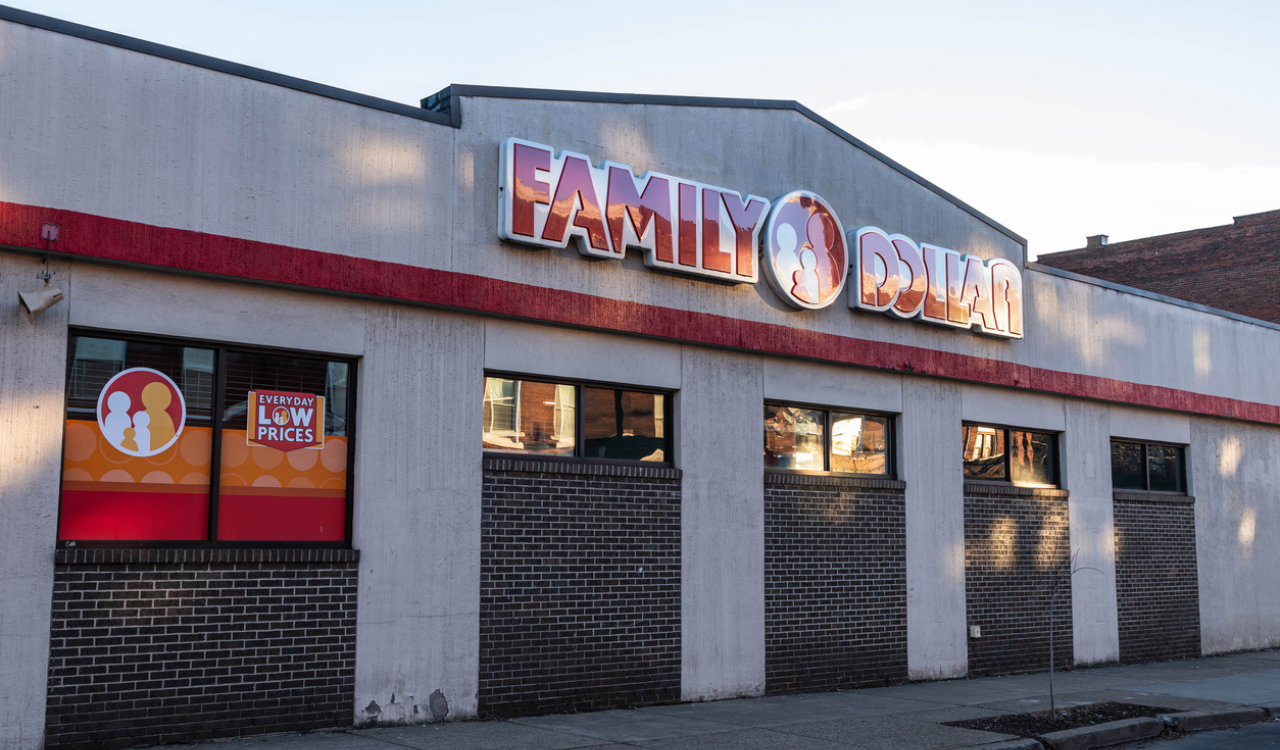If you heard the news about Walmart buying Vizio, its big supplier of TVs and consumer electronics, and it dislodged something in the back of your retail memory banks, there’s a good reason for that. Back in the good old days, retailers owning and controlling some of their key vendors was a fairly common practice. Before supply chain was even a thing that anyone talked about, it was a way for them to make sure they had the products they needed. Just as importantly, it was a way to make sure their competitors didn’t.
For Walmart, the expansion into ad sales takes it further into the space of its biggest competitor: Amazon, of course. With $100 billion of its revenue now coming from ecommerce, Walmart has finally become a serious second to Amazon in the online space.
So, Walmart announcing it was spending $2.3 billion to buy Vizio is consistent with those old practices. Let’s face it: when you’re the largest retailer in the world with annual sales of $650 billion, this kind of deal can be paid for by emptying out a few of Sam’s soda machine coin boxes. It’s not the money that’s making the news here, it’s what the boys from Bentonville are buying, and why.
Back When Sears Was… Sears
It may seem hard to believe now when it’s a skeleton of the company it once was, but back in the day when Sears Roebuck was the biggest retailer in the country – and also among the most progressive – it owned or controlled many of its key suppliers. The most well-known was the company that made its major appliances, you know, dishwashers, washing machines and dryers. Maybe you’ve heard of it? Whirlpool – branded in Sears stores as Kenmore.
But Sears owned or essentially controlled other suppliers as well, including companies that made paint and clothing. With hundreds of Sears stores back in the days when other retailers may have not had more than a few dozen or so, it was a smart strategy. Today people rarely use the words smart and Sears in the same sentence.
Sears wasn’t the only one. Over 100 years ago when Marshall Field was one of the biggest department stores in the business, it set up a textile mill in Virginia to make its own towels. They were high quality and set its assortment apart from the competition. They were branded Fieldcrest – get it? It wasn’t until decades later that it was spun off as an independent company. It’s still around, even if that mill is long gone and the towels are being made in Asia.
WalmarTV
Vizio has been a prime supplier of televisions to Walmart for a long time, starting as a budget brand and then moving into better goods, although you can still buy one of their 50-inch sets for under 250 bucks. Walmart says it will continue to stock other brands and one can assume you’ll still be able to find Vizio products at other retailers like Target and Best Buy – at least for now.
But Walmart buying Vizio is not just for the hardware, and that’s why this deal is different. It’s all about the software, as in the ability of Walmart to sell advertising space on all those TVs as well as the ability to track the effectiveness of those ads. The deal, according to the Wall Street Journal, gives Walmart “ownership of a connected TV brand,” one that competes with the recognized leader in the space, Roku. “It gives Walmart a stronger foothold in the business of selling ads, subscriptions and other revenue-generating activities that – as Roku has demonstrated – are actually far more profitable endeavors than selling the TV sets themselves.”
For Walmart the expansion into ad sales takes it further into the space of its biggest competitor: Amazon, of course. With $100 billion of its revenue now coming from ecommerce, Walmart has finally become a serious second to Amazon in the online space. It still trails it significantly, but considering what a late start it got in the digital business – and how many wrong turns it made – it is at least a credible force in ecommerce now.
Now it is going after another of Amazon’s big cash cows, advertising. Again, it’s far behind but the ability to have the platform to sell ads and better understand who is watching them is an enormous asset to Walmart. In a way, it’s similar to what Amazon tried to do when it unsuccessfully tried to buy iRobot, the folks who make the Roomba vacuum cleaners. The hardware was nice but what Amazon really wanted was the data from all those homes where all those Roombas were prancing around. That kind of information could be invaluable in figuring out what was in those households, what they had and didn’t have that Amazon could sell them. Diabolical, right? Creepy for sure.
Walmart’s Vizio deal is somewhat less than a Big Brother strategy, but it is consistent with giving retailers more information on their customers. It’s why when you used to ask the quaint question about how big retailers would continue to grow once they were so dominant, you were thinking too three-dimensionally, as in the walls of a store. Today the big players have a much bigger agenda. Messrs. Sears, Roebuck and Field wouldn’t have recognized the retail business today. But Walmart and Amazon most certainly do: They are inventing – and reinventing — it as they go.





